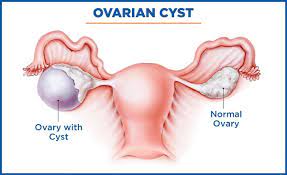Gastric Bypass Surgery: A Comprehensive Guide to Weight Loss

Gastric bypass surgery Gastric bypass surgery , also known as Roux-en-Y gastric bypass, is a weight loss procedure that involves creating a small stomach pouch and rerouting the digestive system. It is typically recommended for individuals with severe obesity that has not had success with other weight loss methods. If you are looking for gastric bypass treatment in Hyderabad, India, here are some steps to help you find a suitable healthcare provider or facility: Consult with a Healthcare Professional: Start by consulting with a healthcare professional, such as a general practitioner or a bariatric surgeon. They can assess your health, discuss your weight loss goals, and determine if gastric bypass is a suitable option for you. Research Bariatric Surgeons: Look for experienced bariatric surgeons in Hyderabad who specialize in gastric bypass surgery and other weight loss procedures. You can search online, ask for recommendations from your primary care physician, or consult ...










